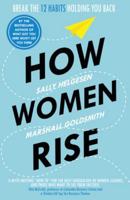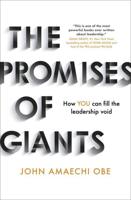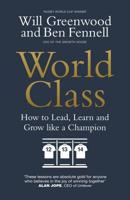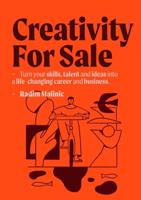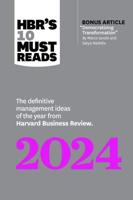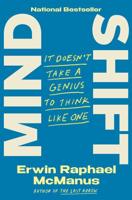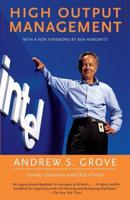Publisher's Synopsis
How to plan consumer decision strategies ? First step, the amount of information processed. For example, an automobile choice is as implied by most rational choice models to consider each of the available cars or it may only a consideration of a limited set of information. (e.g. repeating what one choice last time). Second step, different amount, information can be processed for each attribute or alternative ( selecting processing) or same amount of information can be processed each attribute or alternative. Third step, the pattern of processing ( whether by alternative ( brand) or by attribute. Final step, the consumer will select to buy the product, based on whether the strategy is compensatory or non compensatory.In addition, aspects of the environment the capture involuntary attention may set in motion and consumer behavioral responses. (e.g. in a loud environment is as a threat to cause the consumer's negative emotion to decide to buy the product). It implies quiet environment has more positive influence to consumer's individual emotion. For many consumer choice, there is little emotion involvement or need to justify. The choice goals and the extent to which different strategies accomplish these goals in different task environment. For example, proposed measured of cognitive effort and accuracy. With respect to cognitive effort, any decision strategy can be decomposed into more elementary information processes, such as reading on item of information, comparing two items of information, eliminating items of information and so on for a general decision to analyze information processing for each individual consumer when who need to choose to buy any products. For another example, a consumer can conceptualize to read the value for each attribute weight, comparing the weight just read with the largest weight found previously until the most important attributable has been found and then reading the values for the options on that attribute and comparing the until the largest value is found. It weight adding strategy could be thought as reading weights and values, multiplying the two, moving on to the next weight and value and multiplying them, adding the product. Consumer sometimes face emotion choice. Such choices arise when there are choice conflicts between goals that are very important to the individual. (e.g. one can't attain all goals given the set of available options and must give up something on one important goal to attain more of another important goal). Examples of such emotion consumer choices include trading off the safety of an automobile against environmental concerns ( if larger vehicles fare better in crashes but worse in gas mileage) or trading health risks due to the presence of insects in one's house versus health risks from having chemicals sprayed in one's yard. Such choice can easily lead to negative emotion, since the trade-offs required represent threats to the attainment of importance or valued goals. The degree of emotion often depends on the values of the options. (e.g. the degree of conflict and which specific attributes are involved in the conflict).

